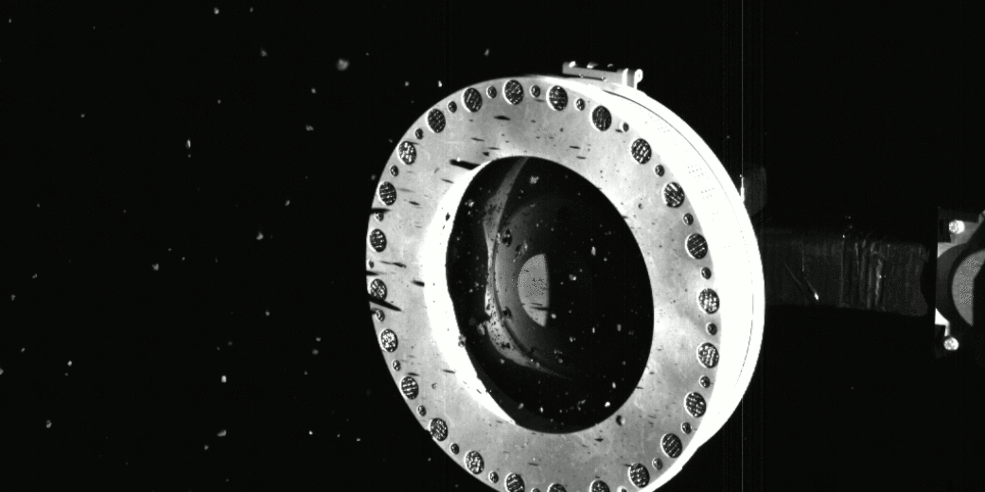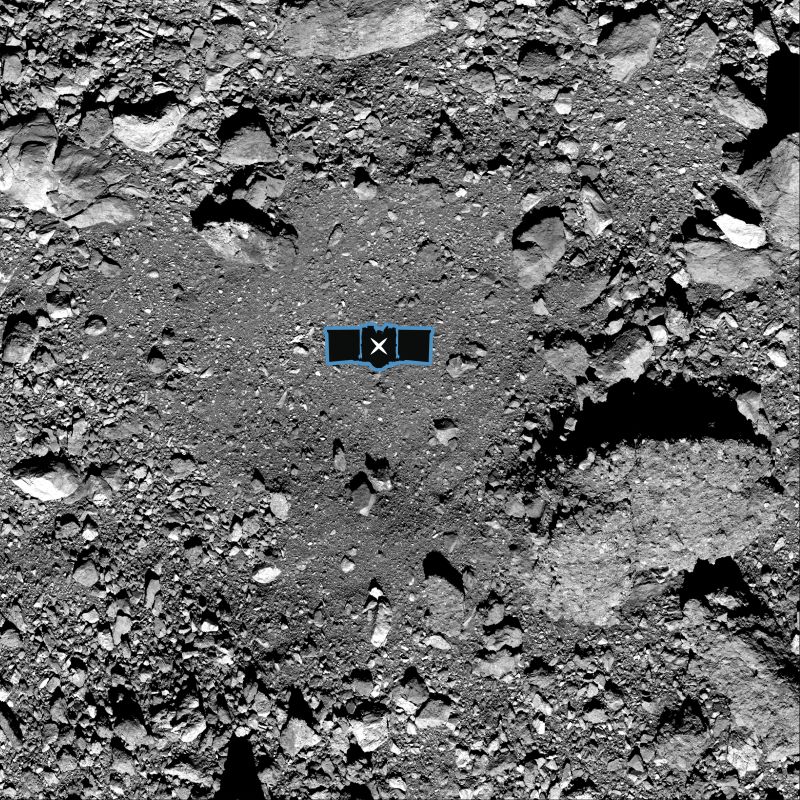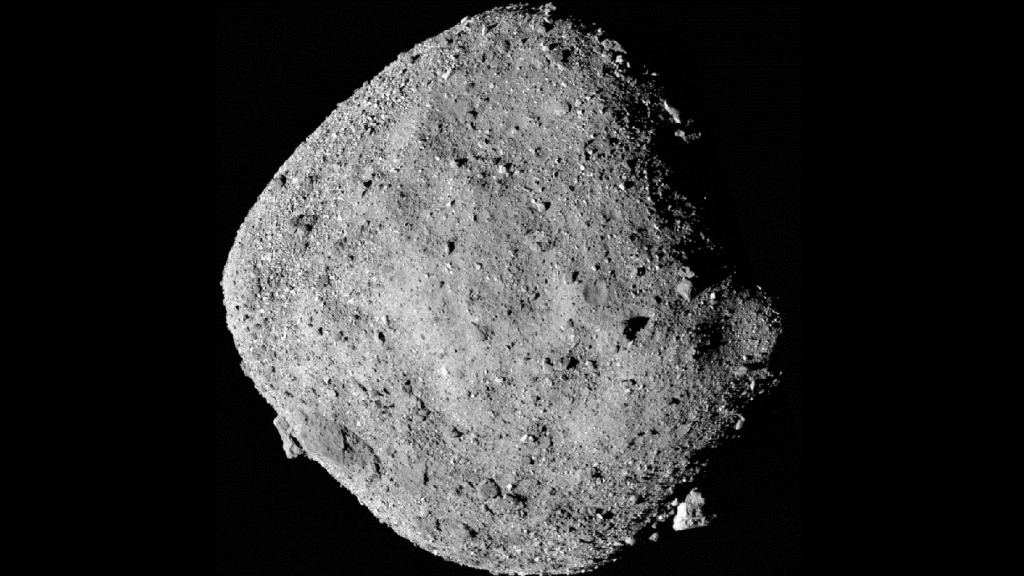The OSIRIS-REx team decided to delay the spacecraft’s departure from asteroid Bennu for two months. The departure window opens in March 2021, and the original plan had OSIRIS-REx setting course for Earth on March 3, to bring home the asteroid samples it collected last October.
Now, a revised timeline has the spacecraft leaving Bennu on May 10, 2021. This won’t affect the target delivery data of September of 2023, but it will allow for more observations of the asteroid.
“Leaving Bennu’s vicinity in May puts us in the ‘sweet spot,’ when the departure maneuver will consume the least amount of the spacecraft’s onboard fuel,” said Michael Moreau, in a press release. Moreau is the OSIRIS-REx deputy project manager at NASA’s Goddard Space Flight Center. “Nevertheless, with over 593 miles per hour (265 meters per second) of velocity change, this will be the largest propulsive maneuver conducted by OSIRIS-REx since the approach to Bennu in October 2018.”

During its October 20, 2020 sample collection event, OSIRIS-REx scooped up a substantial amount of material from Bennu’s surface, likely exceeding the mission’s requirement of 2 ounces (60 grams). Images sent back from OSIRIS-REx on Oct. 22 showed asteroid regolith slowly escaping from the spacecraft’s collector head, called the Touch-And-Go Sample Acquisition Mechanism (TAGSAM), meaning the collection container was full-to-overflowing.
NASA said the May departure will provide the OSIRIS-REx team with the opportunity to plan a final spacecraft flyby of Bennu, which was not part of the original mission schedule. Of particular interest is making a final observation to take a look at the sample site on Bennu – called Nightingale — to potentially learn how the spacecraft’s contact may be altered surface.
If the team determines this is feasible, the flyby will take place in early April and will observe Nightingale from a distance of approximately 2 miles (3.2 kilometers). From imagery collected by the spacecraft during the sample event, Bennu’s surface was considerably disturbed with the TAGSAM collector head sinking 1.6 feet (48.8 centimeters) into the asteroid’s surface. The spacecraft’s thrusters also disturbed a substantial amount of surface material during the back-away burn.

The spacecraft would take new images of Nightingale and compare them to the very detailed, high-resolution observations taken in 2019 to choose the sample site and then plan for the sample collection event.
“OSIRIS-REx has already provided incredible science,” said Lori Glaze, NASA’s director of planetary science at the agency’s headquarters in Washington. “We’re really excited the mission is planning one more observation flyby of asteroid Bennu to provide new information about how the asteroid responded to TAG and to render a proper farewell.”
One other benefit for the new observations is to assess the current functionality of science instruments onboard the spacecraft – specifically the OSIRIS-REx Camera Suite (OCAMS), OSIRIS-REx Thermal Emission Spectrometer (OTES), OSIRIS-REx Visible and Infrared Spectrometer (OVIRS), and OSIRIS-REx Laser Altimeter (OLA). If any possible extended mission opportunities are to be considered, the team needs to understand the health of the instruments. It is possible dust coated the instruments during the sample collection event and the mission wants to evaluate the status of each.

The spacecraft will fly past Earth in 2023 to drop off the Sample Return Capsule (SRC). As it approaches Earth, OSIRIS-REx will jettison the SRC, which will land under parachutes at the Utah Test and Training Range.
Once recovered, NASA will transport the capsule to the curation facility at the agency’s Johnson Space Center in Houston and distribute the sample to laboratories worldwide. Scientists are looking forward to studying the ancient asteroid samples, which will provide information about the formation of our solar system.

